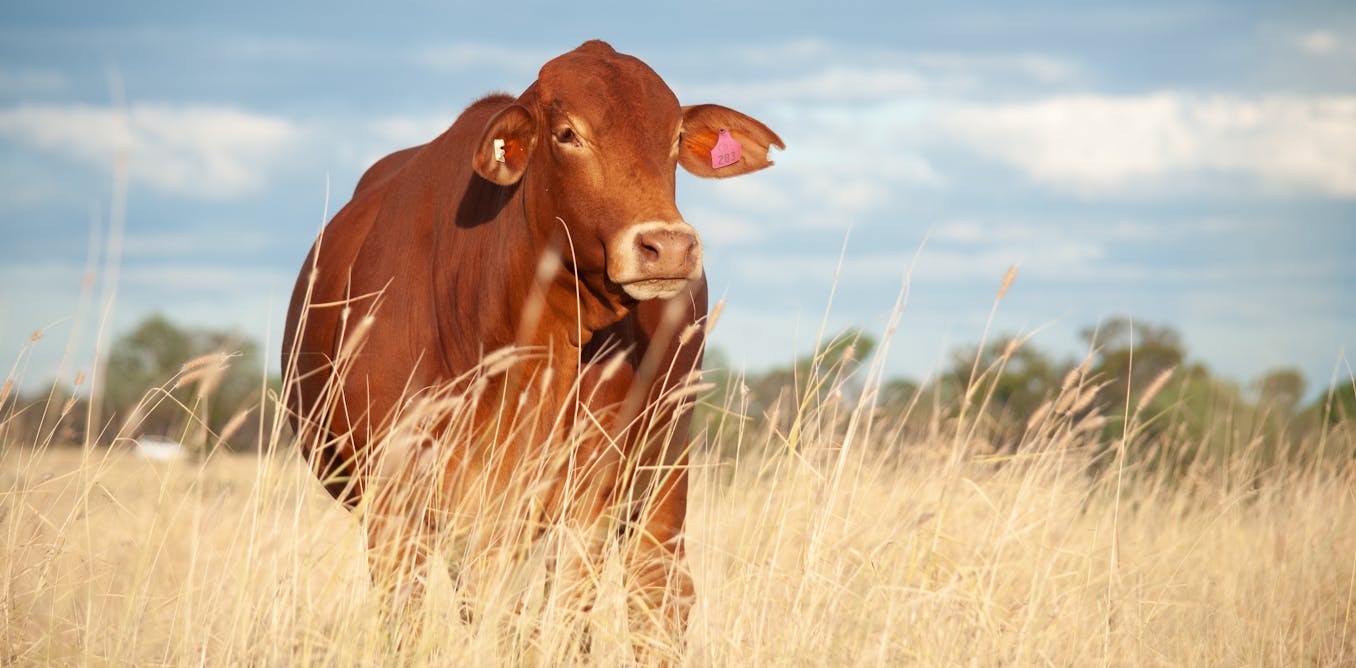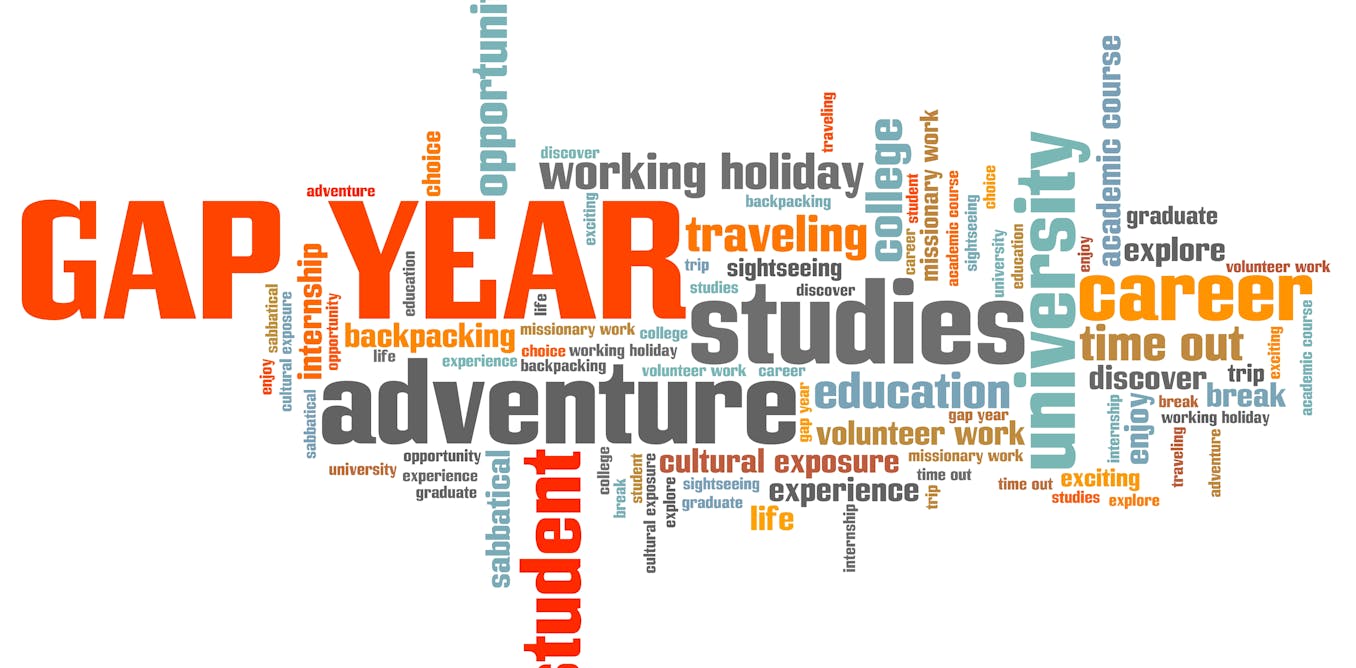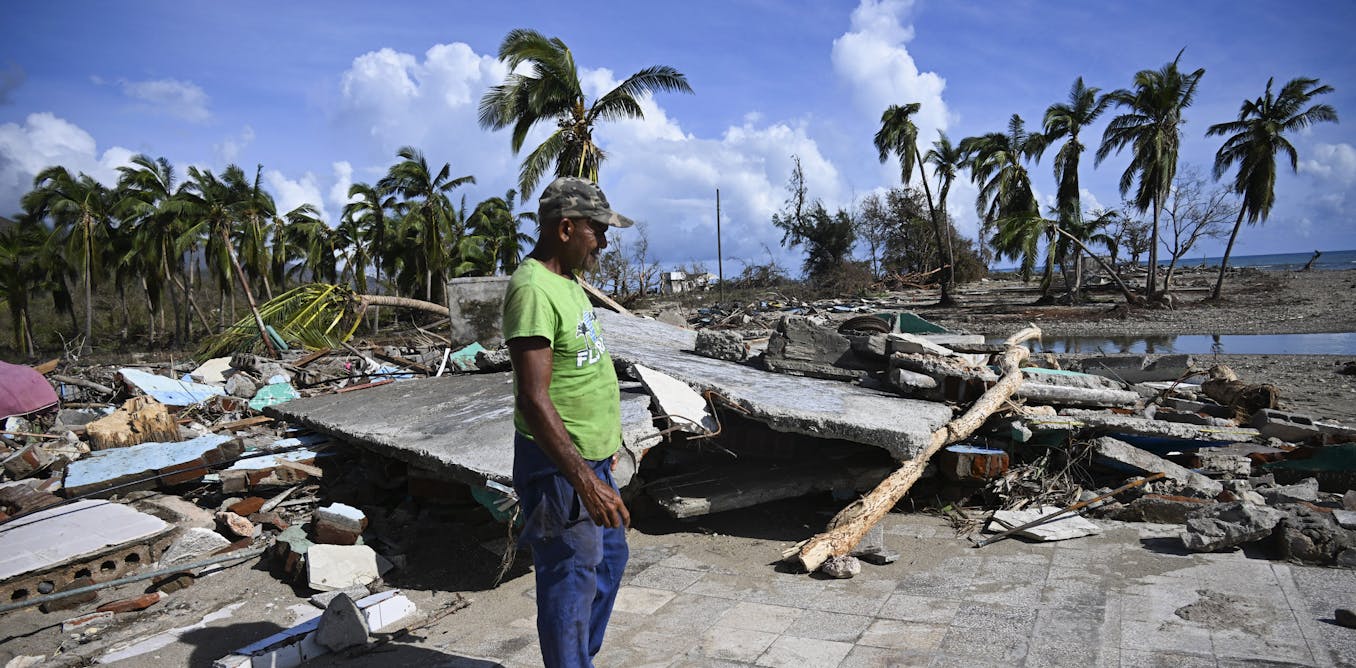Donald Trump’s second term promises to deliver historic threats to US press freedom – directly from the Oval Office.
The president-elect made it clear during the campaign that he had the press in his sights. He told a rally on the eve of the election that he “wouldn’t mind” if an assassin shot the journalists standing in front of him.
Ahead of the election, he also signalled his desire to jail journalists, hunt down their confidential sources, cancel the broadcast licences of major networks and criminalise work to counter disinformation.
Journalists in the US – a country long at the forefront of global press freedom advocacy – now find themselves facing threats more familiar to their colleagues in the Philippines, Hungary or Venezuela. And it is from journalists in such countries that the US press must now learn how to defend press freedom and fight for facts.
The second Trump administration promises to be resistant to core practices of critical independent journalism and the implications for the industry are chilling.
Journalists could face increased threats of both politically motivated criticism and potential legal harassment. For example, Trump has repeatedly used the legal system against journalists whose coverage doesn’t benefit him.
He has sued many major outlets for defamation since 2016. He recently launched legal action against CBS over its 60 Minutes interview with Kamala Harris.
Read more:
Loyalty trumps everything – what we know about the 47th president-elect’s cabinet
There’s also likely to be greater impunity for online threats towards US journalists and news organisations. For instance, X has recently announced updates to its block function (allowing accounts to view people who have blocked them) which critics say could increase harassment.
And, as a report from the International Center for Journalists and Unesco shows, online attacks can spill over into offline harm. Women and those of colour are likely to be most at risk.
Meanwhile, the fight within the US to legislate against hate speech and dangerous disinformation on social media platforms appears to have been lost.
Many pro-Trump Republicans have also long argued that work to defend human rights, public health and election integrity on social media platforms through curation and regulation are a violation of “free speech”. They claim such work is biased against conservative perspectives, despite several studies debunking this claim.
During the 2024 campaign, Trump referred to efforts to mitigate political mis- and disinformation as “the censorship cartel”. Meanwhile, he pushed numerous falsehoods from the campaign podium.
Even before this election cycle began, Republicans ramped up their efforts to derail fact-checking work in the aftermath of the January 6 insurrection – which itself was fuelled by disinformation, such as the suggestion that the election was “stolen”.
But in a 2022 statement, Trump announced that upon reelection he would ban federal agencies, employees and money from being involved in any efforts that he claims impede lawful speech and investigate those involved in these activities. This includes tackling, labelling or flagging dis- and misinformation, which he misrepresents as censorship.
This promise was reinforced by Elon Musk immediately after the election in a post on X. Musk has proved to be one of the loudest opponents of efforts to tackle disinformation, as demonstrated by his attempts to sue non-profit research centres focused on countering online hate speech.
Cutting critical funding
During his first term, Trump tried to dramatically slash the budget for public service media. These are publicly funded broadcasters, which are expected to provide independent news reporting. Under the Trump administration funding was cut from US$465 million (£365 million) to just US$30 million (£23.6 million), a move that would have threatened local and investigative reporting around the country.
These cuts were ultimately blocked by Congress, but it is unclear if Republican legislators will stand up to Trump in his second term.
During Trump’s first term, there was also intense politicisation and attacks on journalism at the Voice of America (VoA), the US’s oldest and largest international public service broadcaster.
In 2020 he appointed a new CEO, Michael Pack, to run the US Agency for Global Media, its parent company, and overhaul the operation. In his short seven-month term, Pack fired senior officials, froze reporting budgets, and launched investigations into supposedly biased journalists.
The public broadcaster PBS, which produces some of the most important accountability reporting in the US, is also extremely vulnerable due to funding cuts.
Meanwhile, Musk, who is set to play a major role in cutting government spending and activities in the new Trump administration, has a track record of campaigning to defund public service media.
With all these risks, international press freedom organisations have expressed alarm at the prospect of Trump escalating his attacks on the press in a second term.
Yet, a pre-election survey commissioned by the International Center for Journalists suggested that these concerns are not landing with the US public. The nationwide poll of 1,020 adults found that nearly one-quarter (23%) of Americans surveyed did not regard political leaders threatening, harassing, or abusing journalists or news organisations as a threat to press freedom.
Given what we’ve seen from the kind of “strongman” politician that Trump appears to admire, as well his actions during his first term, there’s good reason to believe this threat will be very real over the next four years.

The post “How Trump’s war on the media is expected to ramp up in his second term” by Julie Posetti, Global Director of Research, International Center for Journalists (ICFJ) and Professor of Journalism, City St George’s, University of London was published on 11/20/2024 by theconversation.com































Leave a Reply